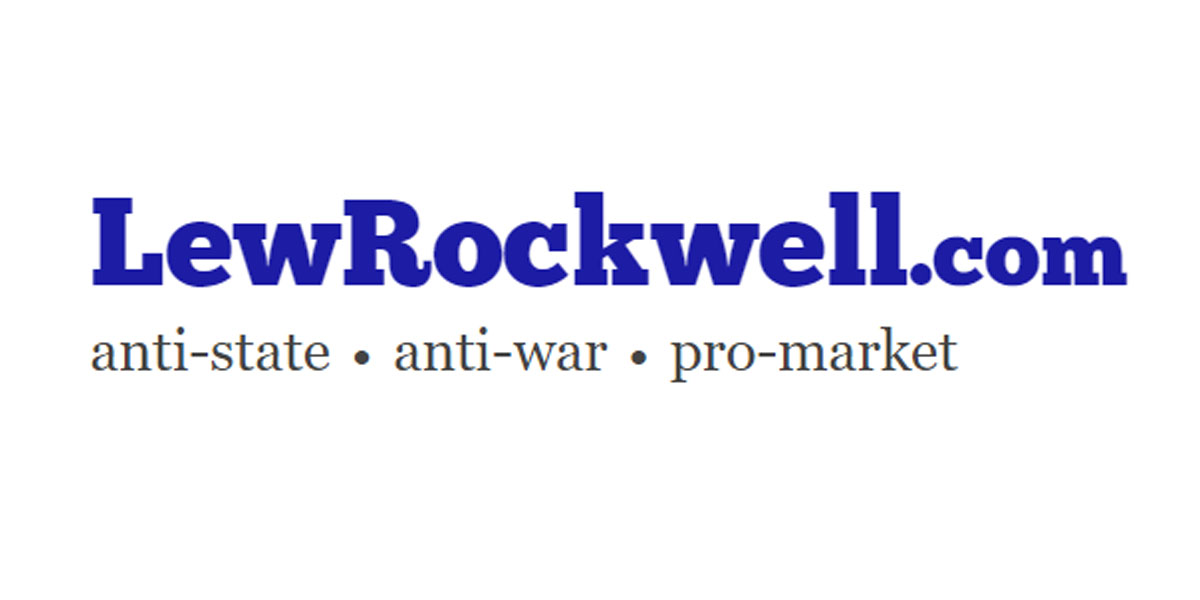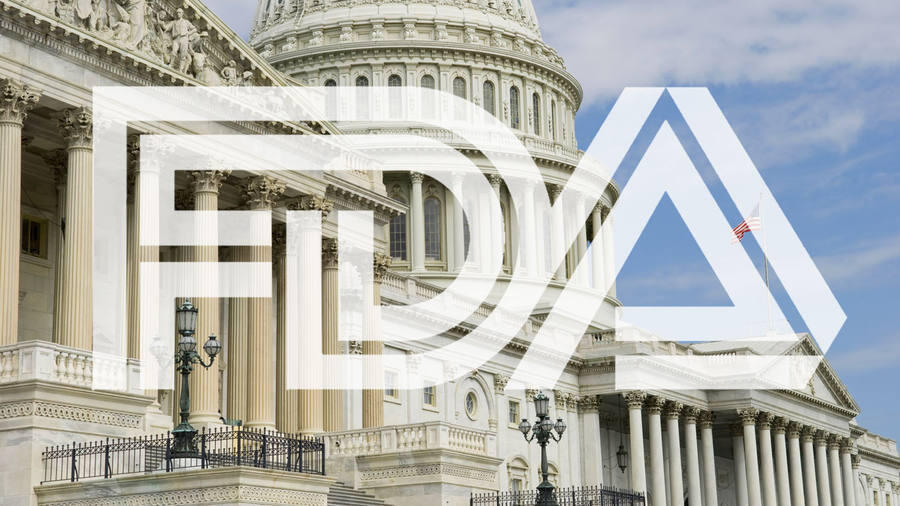ecstatichamster
Member
- Joined
- Nov 21, 2015
- Messages
- 10,504
Among 3410 total cases of suspected but unconfirmed COVID-19 in the overall study population, 1594 occurred in the vaccine group vs. 1816 in the placebo group. Suspected COVID-19 cases that occurred within 7 days after any vaccination were 409 in the vaccine group vs. 287 in the placebo group. It is possible that the imbalance in suspected COVID-19 cases occurring in the 7 days postvaccination represents vaccine reactogenicity with symptoms that overlap with those of COVID-19. Overall though, these data do not raise a concern that protocol-specified reporting of suspected, but unconfirmed COVID-19 cases could have masked clinically significant adverse events that would not have otherwise been detected.
Jon Rappaports excellent column

 www.lewrockwell.com
www.lewrockwell.com
Authorization was a crime—according to their own data.
Here we go.
The document, posted on the FDA website, is titled, “Vaccines and Related Biological Products; Advisory Committee Meeting; FDA Briefing Document Pfizer-BioNTech COVID-19 Vaccine.” [1]
It is dated December 10, 2020. The date tells us that all the information in the document is taken from the Pfizer clinical trial, based on which the FDA authorized the vaccine for public use.
A key quote is buried on page 42: “Among 3410 total cases of suspected but unconfirmed COVID-19 in the overall study population, 1594 occurred in the vaccine group vs. 1816 in the placebo group [who received a saltwater shot].”
Those shocking numbers have never seen the light of day in news media.
The comparative numbers reveal that the vaccine was not effective at preventing COVID-19. It was certainly not 50% more effective than no vaccine at all—the standard for FDA Emergency Use Authorization.
Jon Rappaports excellent column

The FDA Cover-Up That Led to the Approval of the Pfizer Jab - LewRockwell
As I’ve been documenting for the past year, the COVID experts have been contradicting themselves six ways from Sunday. As charlatans, they’re abject failures. They can’t keep their own story straight. Thanks to an alert reader, I’ve come across a new blockbuster. BY THEIR OWN STANDARDS, the FDA...
Authorization was a crime—according to their own data.
Here we go.
The document, posted on the FDA website, is titled, “Vaccines and Related Biological Products; Advisory Committee Meeting; FDA Briefing Document Pfizer-BioNTech COVID-19 Vaccine.” [1]
It is dated December 10, 2020. The date tells us that all the information in the document is taken from the Pfizer clinical trial, based on which the FDA authorized the vaccine for public use.
A key quote is buried on page 42: “Among 3410 total cases of suspected but unconfirmed COVID-19 in the overall study population, 1594 occurred in the vaccine group vs. 1816 in the placebo group [who received a saltwater shot].”
Those shocking numbers have never seen the light of day in news media.
The comparative numbers reveal that the vaccine was not effective at preventing COVID-19. It was certainly not 50% more effective than no vaccine at all—the standard for FDA Emergency Use Authorization.


